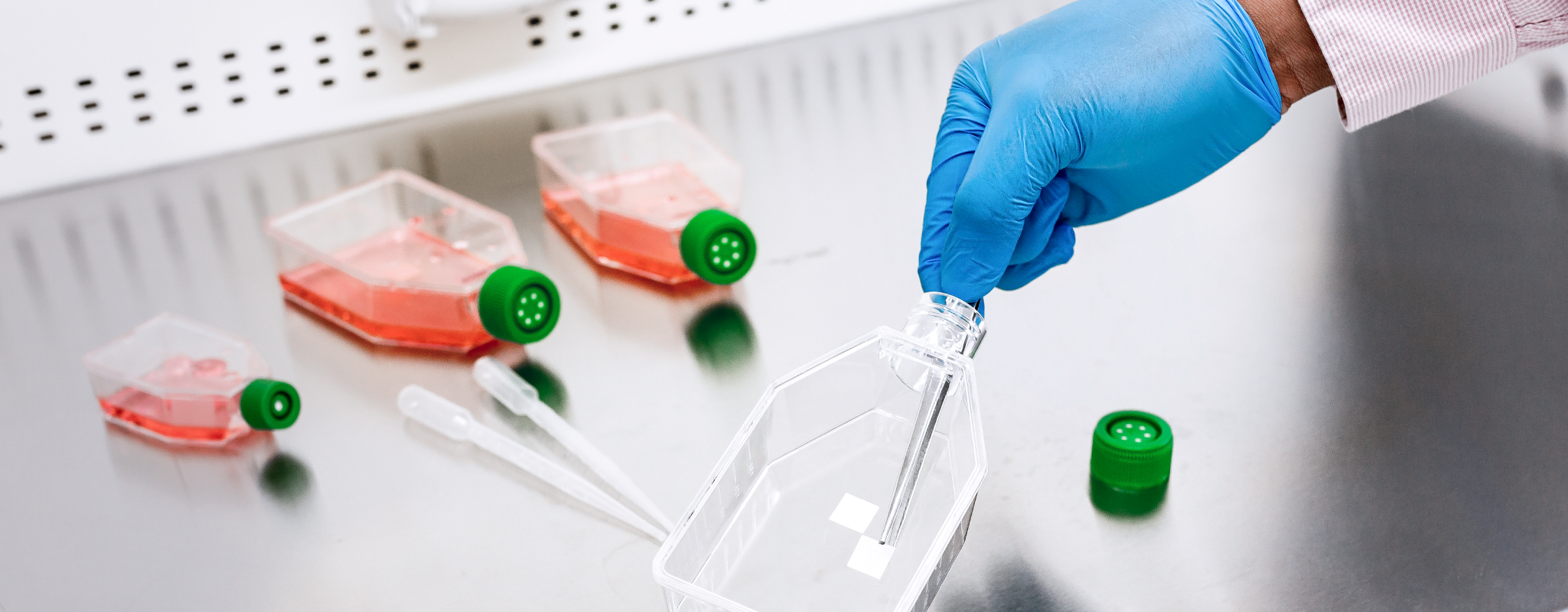Deep Dive Into Cell Culture Media pH and Dissolved Oxygen

There is a lot we take for granted in cell culture. And we’re often right because we have done our homework. The two articles below are excellent papers that reveal critical cell culture blind spots and urge us to make sure we do our homework.
Evidence-based guidelines for controlling pH in mammalian live-cell culture systems
Johanna Michl, Kyung Chan Park & Pawel Swietach
Abstract
A fundamental variable in culture medium is its pH, which must be controlled by an appropriately formulated buffering regime, since biological processes are exquisitely sensitive to acid–base chemistry. Although awareness of the importance of pH is fostered early in the training of researchers, there are no consensus guidelines for best practice in managing pH in cell cultures, and reporting standards relating to pH are typically inadequate. Furthermore, many laboratories adopt bespoke approaches to controlling pH, some of which inadvertently produce artefacts that increase noise, compromise reproducibility or lead to the misinterpretation of data. Here, we use real-time measurements of medium pH and intracellular pH under live-cell culture conditions to describe the effects of various buffering regimes, including physiological CO2/HCO3− and non-volatile buffers (e.g. HEPES). We highlight those cases that result in poor control, non-intuitive outcomes and erroneous inferences.
To improve data reproducibility, we propose guidelines for controlling pH in culture systems.
Read Article
Frequently asked questions in hypoxia research
Roland H Wenger, Vartan Kurtcuoglu, Carsten C Scholz, Hugo H Marti & David Hoogewijs
Abstract
“What is the O2 concentration in a normoxic cell culture incubator?” This and other frequently asked questions in hypoxia research will be answered in this review. Our intention is to give a simple introduction to the physics of gases that would be helpful for newcomers to the field of hypoxia research. We will provide background knowledge about questions often asked, but without straightforward answers. What is O2 concentration, and what is O2 partial pressure? What is normoxia, and what is hypoxia? How much O2 is experienced by a cell residing in a culture dish in vitro vs in a tissue in vivo? By the way, the O2 concentration in a normoxic incubator is 18.6%, rather than 20.9% or 20%, as commonly stated in research publications. And this is strictly only valid for incubators at sea level.
Read Article